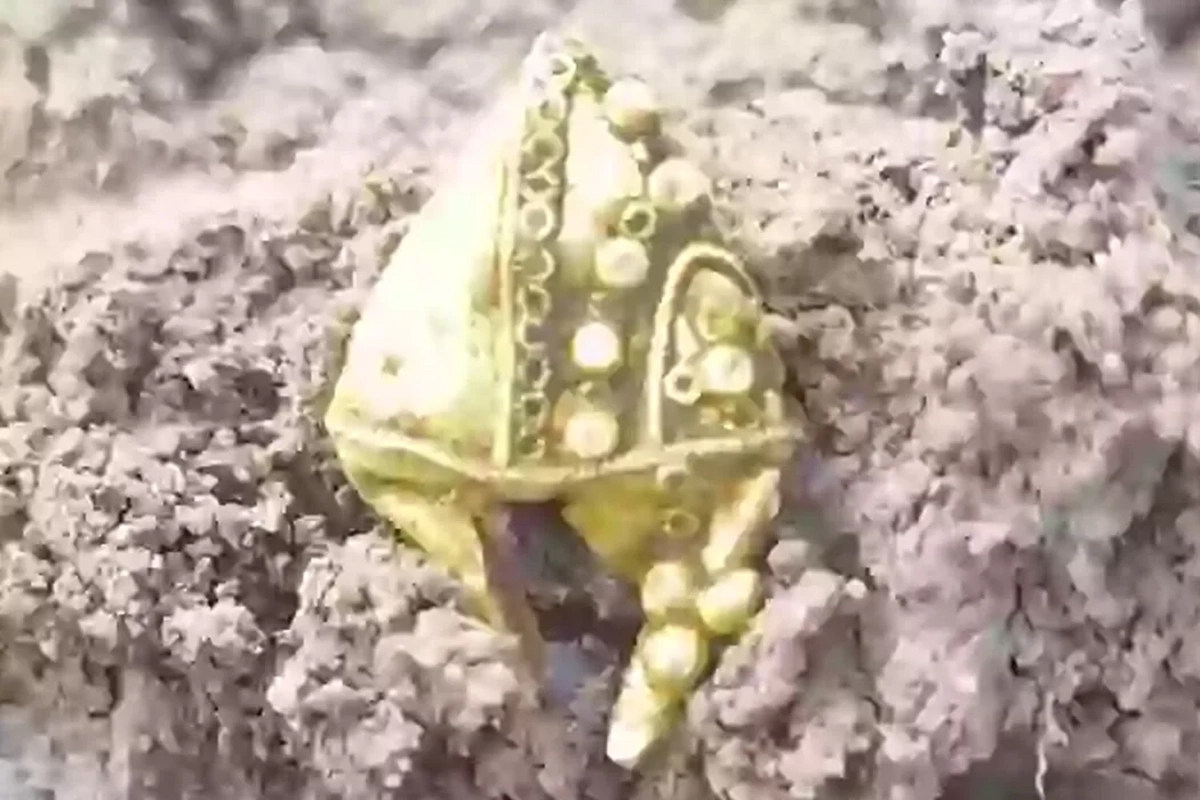Father and son found an ancient artifact that baffled scientists

An ordinary walk with a metal detector turned into a historic discovery for Andrew Johegan and his 12-year-old son Arthur. On the final day of their expedition in Lincolnshire, they stumbled upon an extremely rare gold artifact, which, according to preliminary estimates, dates back to the Anglo-Saxon period.
Despite its miniature size – only 2.5 cm in height – the item, made of almost pure gold, instantly caught the attention of the seekers. Notably, the metal detector gave only a weak signal, which usually indicates an iron object or modern trash, but Andrew's intuition did not fail him.
"The moment when I saw gold emerging from the ground was truly captivating. Everything changed immediately. We were literally holding a lost fragment of history in our hands," shares Andrew, who has professional experience in jewelry making.
The artifact impresses with its exquisite craftsmanship: its surface is decorated with intricate patterns of twisted wire and granulated gold. Specialists suggest that the item was originally hollow, but centuries of being underground and pressure from agricultural work led to its deformation.
Currently, the find is in the hands of experts who are trying to decipher its purpose. There is a theory that it could have been a metal tip for a scabbard, however, the atypical design does not correspond to known historical examples, making the artifact a subject of lively scientific discussions.
According to the British Treasure Act of 1996, if the find is officially recognized as a "treasure," it may be acquired for display in a museum. Meanwhile, Andrew, inspired by this amazing discovery, is already planning to create a collection of jewelry with a similar ornament, including a special wedding ring.
Similar News
South Korea will be the first country in the world to implement an AI law
South Korea prepares to become the first country in the world where comprehensive artificial intelligence legislation will actually come into effect. As reporte...




 Azərbaycanca
Azərbaycanca  По-русски
По-русски  English
English 





